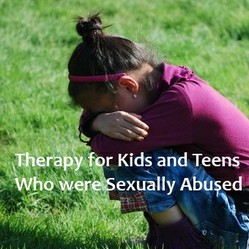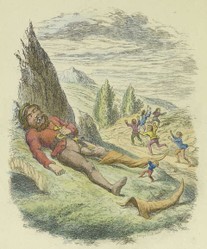Because the field of psychotherapy for sex trauma victims is still developing there is no one proven best way to work with children and teens. Some clinics offer only individual therapy while others offer a combination of individual and group formats.
Research has shown that cognitive-behavioural therapy seems best suited to treat phobias (extreme fears that cause avoidant behaviours) and depression as well as one-time traumatic events. When the abuse continued over a long period of time, it is best to use a variety of therapeutic tools.
The more classic form of talk therapy, called dynamic psychotherapy, is not effective in the treatment of children or adolescents who were abused.
For many children and teenagers, art therapy, movement therapy, sand therapy, zootherapy (use of animals in treatment), or other interesting forms of therapy can help them get over the negative effects of the abuse.
All these terms will be discussed below.






 Visiting an Art Gallery With a Two-Year-Oldon 07/27/2015
Visiting an Art Gallery With a Two-Year-Oldon 07/27/2015
 Using the News to Enhance Jewish Identity in Jewish Kidson 07/24/2015
Using the News to Enhance Jewish Identity in Jewish Kidson 07/24/2015
 Xi'an - Not Just Terracotta Warriorson 06/09/2015
Xi'an - Not Just Terracotta Warriorson 06/09/2015
 Sew Your Own Wedding Dress - or Your Daughter'son 02/06/2015
Sew Your Own Wedding Dress - or Your Daughter'son 02/06/2015


Are you optimistic that victims and survivors can heal if given support and appropriate therapy?
Lisa - that's all that's needed for a start - to be willing to try. It is scary to go to therapy. The most important thing is to find a therapist who is experienced and willing to listen to what you say you need and to help you explore all options for ways to help.
I'm not sure, but I'm ready and willing to try it.
Thanks for your feedback. It is important to me. You are so right, Graceonline, that in adulthood the recovery markers cycle in decades or half-decades rather than in years.
What an amazing article, a great work. Thank you for reaching out, the numbers of people suffering through this painful reality is tremendous. Glad to have found your helpful resources for those who were sexually abused. Katie